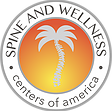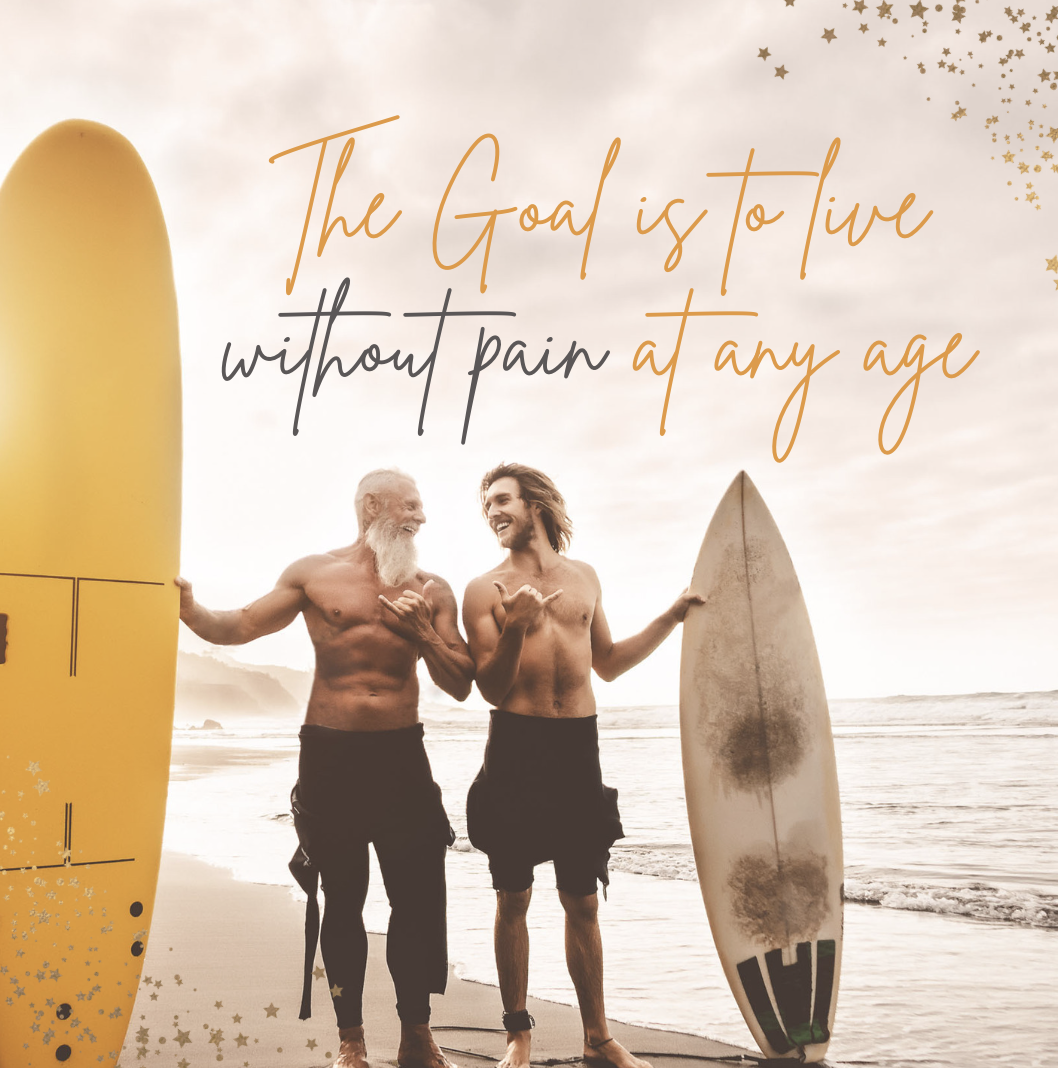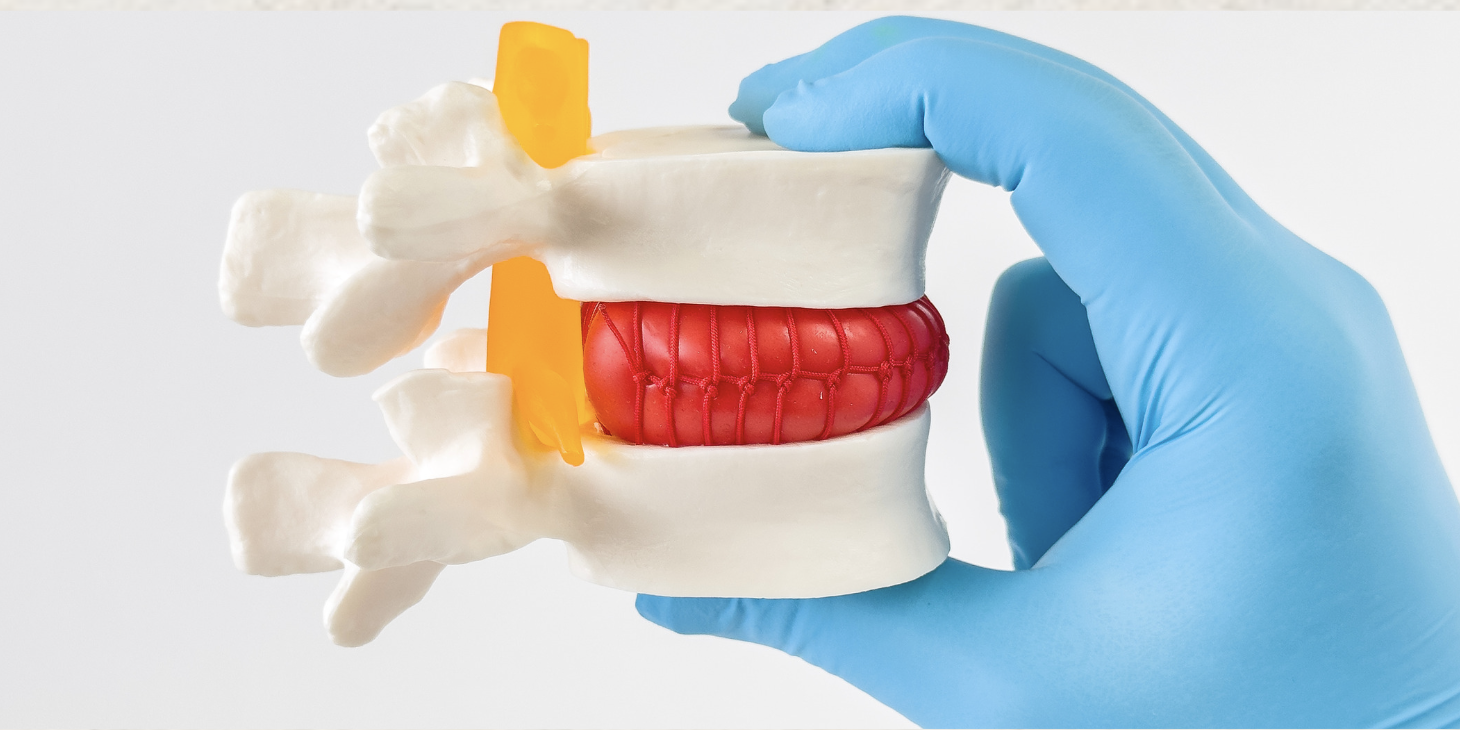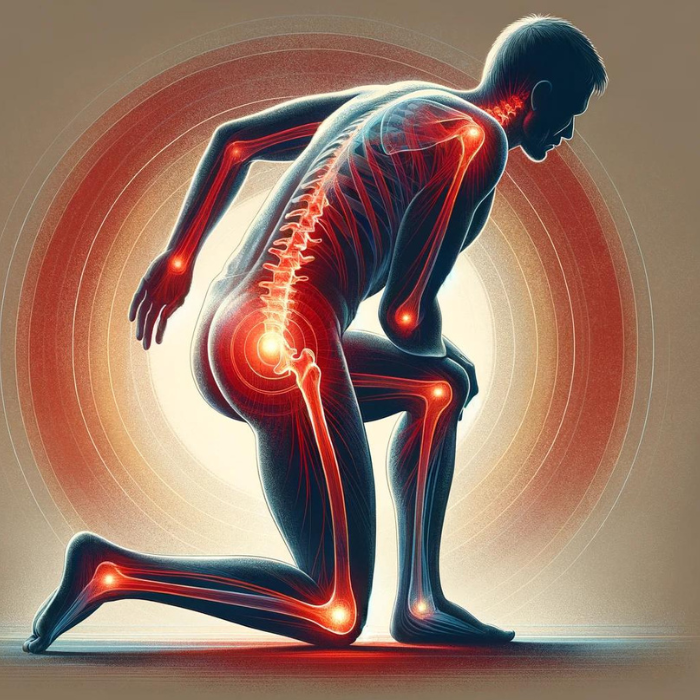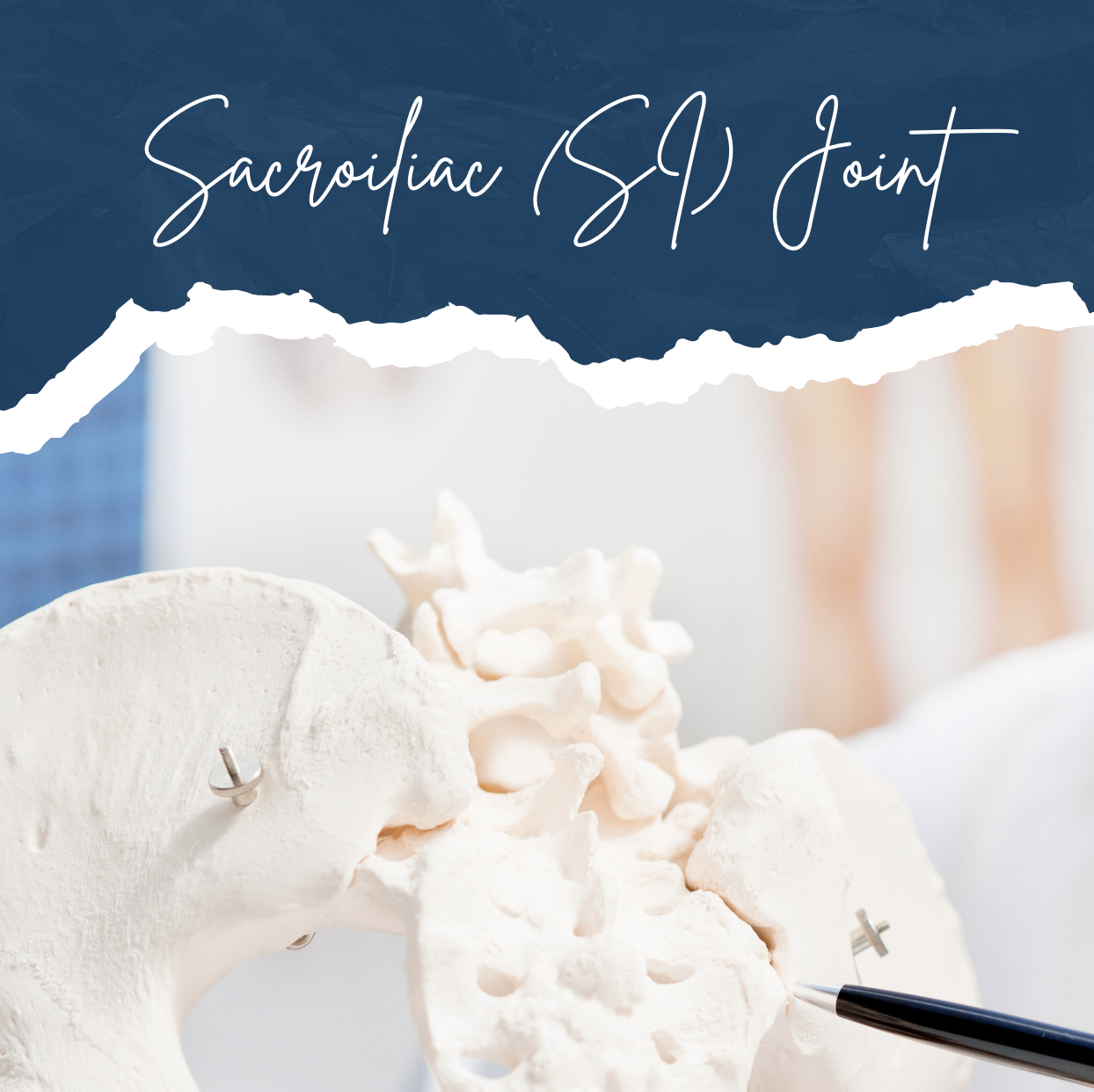As no two patients and their pain are alike, each person’s healing journey is unique as well. When it comes to back pain – specifically, lumbar spinal stenosis – there are many roads to recovery, from minimally invasive injections all the way up to surgeries.
But what happens when injections stop helping and the patient is not a candidate for surgery?
That’s when your individual plan of action comes into place with Dr. De La Peña, who offers an abundance of treatment options.
| What is Lumbar Spinal Stenosis? |
 <
<
First, we’ll need to take a look at what exactly lumbar spinal stenosis is and what it does to the body. A person who is suffering from LSS will feel pain due to the narrowing of the lower spine where nerves pass through. Because the space is tighter, the nerves are forced to constrict, causing pain and discomfort in the back and legs. You can almost think of it like a straw with a bend in it – it takes much more force for the liquid to pass through – the same goes for the spinal nerves.Other symptoms of LSS can include:Pain while walking or standing that is relieved by leaning forward or sitting downPain while sleeping that is relieved by curling into the fetal positionWeakness or numbness in the legs, buttocks, or backLoss of balanceLower physical endurance capabilitiesAching, dull back pain that spreads to legsLSS is most common in adults over age 60, as it is a condition that develops over time and increases with the wear and tear accompanied by age. A number of contributing factors that also narrow the spine and exacerbate LSS are:Osteoarthritis (the overgrowth of bone)Degenerative Disk Disease (DDD) or the bulging of discsThickening of ligament tissueCertain bone diseasesAlthough temporary relief is found by leaning forward and releasing the pressure from the spine (thus opening the canal for nerves to pass), more permanent action must be taken, or significant and permanent nerve damage may occur. Having LSS also makes it difficult to balance and use other mobility functions, making day-to-day activities extra difficult. If you think you may have LSS, Dr. De La Peña may have you do X-rays, MRI, or a CT scan in addition to a physical exam to test your mobility. This is when you will go over different treatment options, which we will break down here.
| VERTIFLEX® |
The Vertiflex Procedure is a safe, FDA-approved, a minimally invasive treatment that has been clinically proven to provide effective long-term relief from the pain associated with LSS. This same-day procedure with quick recovery time involves placing a small spacer inside the spine, which opens around the spinous processes to make space for the nerves to pass. It’s a simple option that preserves the space in the spine without the removal of any nearby bone or tissue. It provides the same feeling of relief that leaning forward would because it takes the pressure off of the nerves.
| MINUTEMAN® |
The Minuteman® is a minimally invasive, interspinous-interlaminar fusion device intended for the stabilization and fusion of the lumbar spine. The Minuteman® G5 MIS Fusion Plate is a posterior, non-pedicle fusion device, intended for use with bone graft material to be placed in the device. The implant has wings that the user can deploy and retract, providing improved biomechanical stability in response to axial rotation and lateral bending loading. The device is implanted in the patient via a minimally invasive lateral approach or posterior approach. Because the lateral approach is above the facets, the procedure avoids the neural and vascular structures. It has no need to dissect healthy tissue, making it an extremely safe option.
| ZIP ULTRA® |
The ZIP ULTRA® is Aurora Spine’s minimally invasive interlaminar fixation implant for spinal fusion and was developed as an alternative to pedicle screw fixation. Designed for stabilization and load sharing, it eliminates the need for a set screw and features an articulating spike design to increase the potential for anatomical conformity with 12° of articulation. Like the Minuteman®, it is also intended for use with bone grafts. During the short procedure, the device is positioned between the spinous processes, versus pedicle screws would be drilled into the pedicles of the vertebrae. This method has been proven to preserve normal anatomy and has resulted in shorter surgery times, less pain, and faster healing.
| MILD® |
The mild® procedure has a safety profile similar to an epidural steroid injection and is a non-implant treatment option that gives lasting results. This minimally invasive procedure is typically performed in an outpatient setting using only local anesthetic and light sedation and takes less than an hour. It is performed through a single small incision where the doctor will remove small pieces of bone and extra thickened ligament to restore space in the spinal canal and reduce compression of nerves.
| Disc-FX® System |
The elliquence Disc-FX® System safely, rapidly, and effectively combines simple, intuitive functions with precise surgical results, although it is far less invasive. It involves the manual excision of the herniated nucleus through a small incision. The procedure also stops the nerve pain through ablation and denervation with the use of the patent Trigger-Flex® technology for proven, lasting results.
